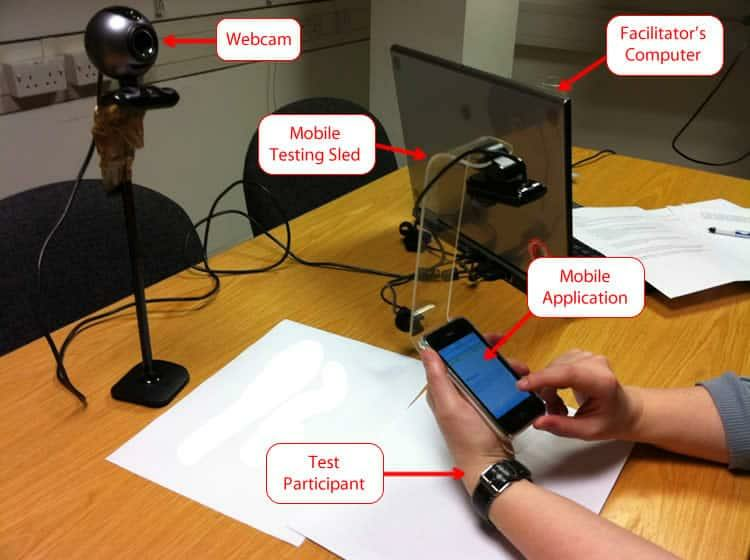Mobile apps have become an essential part of our daily lives, serving various functions from shopping to social networking. However, an app’s success largely depends on its usability. Conducting usability tests helps identify pain points and improve the overall user experience. Here are some best practices for conducting mobile app usability tests effectively.

Table of Contents
Toggle1. Define Clear Objectives
Before conducting usability tests, establish clear goals. What do you want to achieve? Are you looking to evaluate the app’s navigation, discoverability of features, or the overall user experience? Having specific objectives will help you focus your testing and gather relevant data.
2. Select the Right Participants
Choosing the right participants is crucial for obtaining meaningful results. Aim for a diverse group that reflects your target audience. Consider factors such as age, tech-savviness, and user experience with similar apps. A well-rounded participant pool will yield insights that are more representative of your actual user base.
3. Create Realistic Scenarios
Design test scenarios that mimic real-world usage of the app. These should be tasks that users typically perform, such as making a purchase, finding information, or setting up an account. Ensure the scenarios are relevant to your objectives and allow participants to showcase their natural interaction with the app.
4. Choose the Right Testing Method
Select a usability testing method that aligns with your goals and resources. Common methods include:
- Moderated Testing: Conducted in-person or remotely with a facilitator guiding participants through tasks.
- Unmoderated Testing: Participants complete tasks on their own, often using software to capture interactions.
- A/B Testing: Comparing two or more versions of a feature to see which performs better.
Each method has its advantages, so choose the one that best fits your project’s needs.
5. Use the Right Tools
Leverage usability testing tools to streamline the process. Tools like Lookback, UserTesting, and Hotjar allow you to record sessions, gather user feedback, and analyze interactions. Choose tools that fit your budget and offer features relevant to your testing objectives.
6. Observe and Record Interactions
During testing, observe participants closely to identify pain points and areas of confusion. Record sessions for later analysis, paying attention to verbal feedback, gestures, and facial expressions. Note where users struggle or express frustration, as these insights will help you prioritize improvements.
7. Encourage Honest Feedback
Create a comfortable environment for participants to provide candid feedback. Remind them that the goal is to evaluate the app, not their skills. Encourage them to verbalize their thoughts as they navigate through tasks, which can reveal valuable insights about their thought processes and decision-making.
8. Analyze Data Systematically
After the tests, analyze the data systematically. Look for patterns in user behavior, common issues, and areas of confusion. Quantitative data (like task completion rates) and qualitative data (like user feedback) should be considered together for a comprehensive understanding of usability.
9. Prioritize Findings
Not all issues identified during testing will have the same level of impact on usability. Prioritize findings based on their severity and frequency. Focus on resolving critical issues first, especially those that significantly affect user experience or hinder core functionalities.
10. Iterate and Retest
Usability testing is an iterative process. After making improvements based on initial test results, conduct follow-up tests to evaluate the effectiveness of the changes. This ongoing cycle of testing and refinement ensures that your app continues to meet user needs and expectations.
Conclusion
Conducting mobile app usability tests is a vital step in creating a user-friendly application. By following these best practices, you can gather valuable insights that inform design decisions and enhance the overall user experience. Remember, usability testing is not a one-time event but a continuous process that evolves alongside your app and its users. Embracing this approach will help you create a more intuitive, effective, and enjoyable mobile app, ultimately leading to higher user satisfaction and engagement.


No responses yet